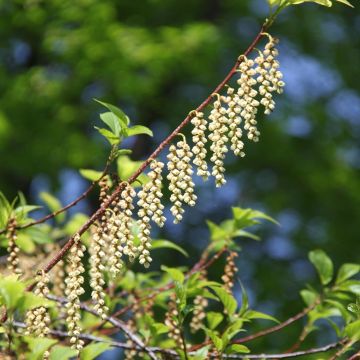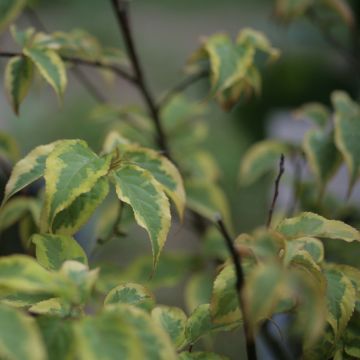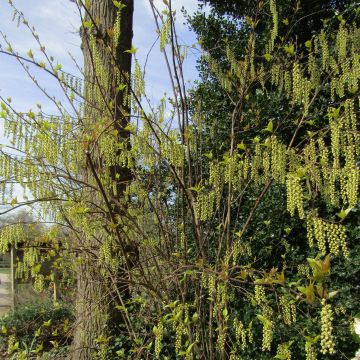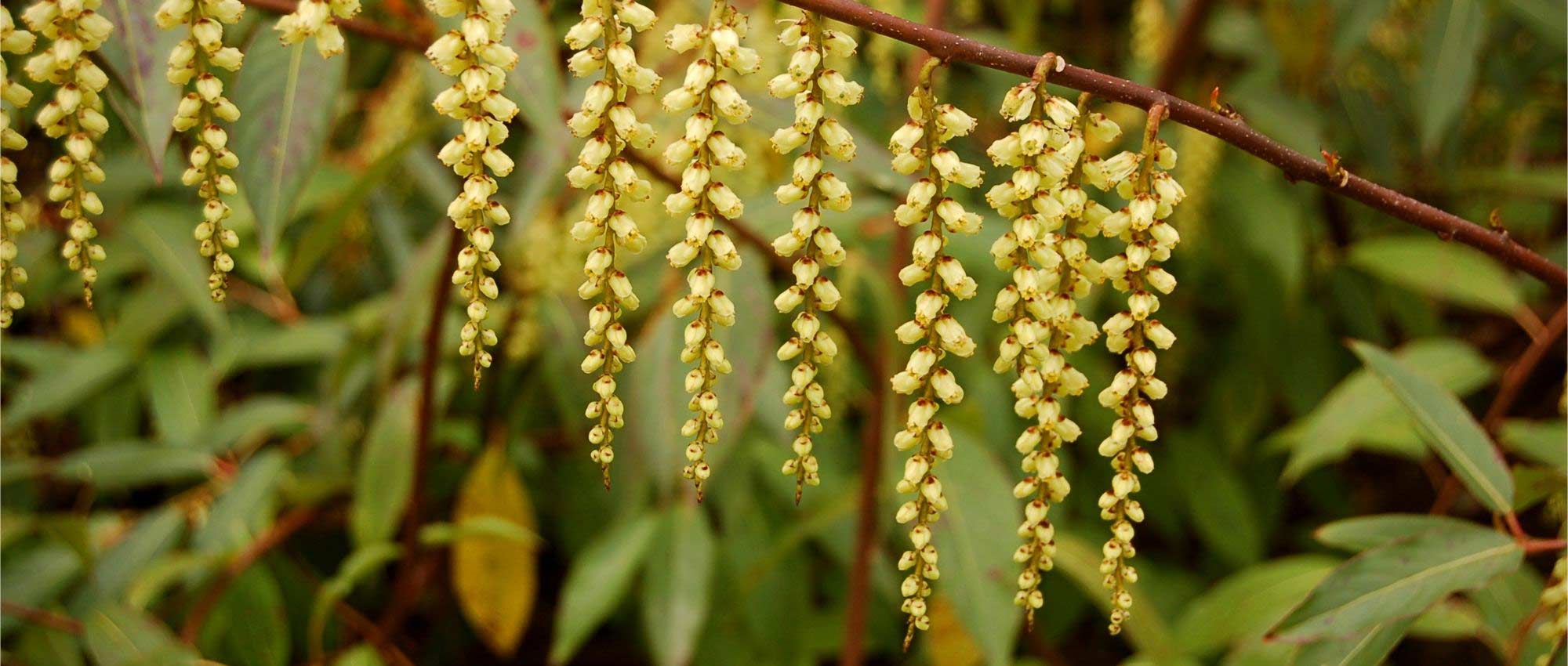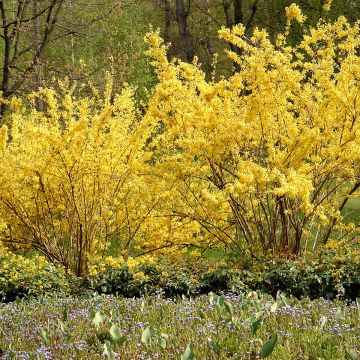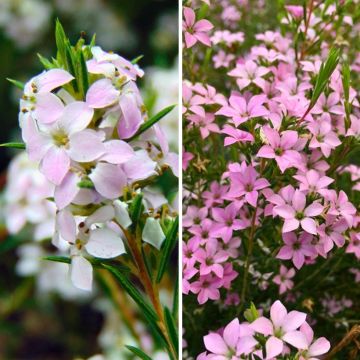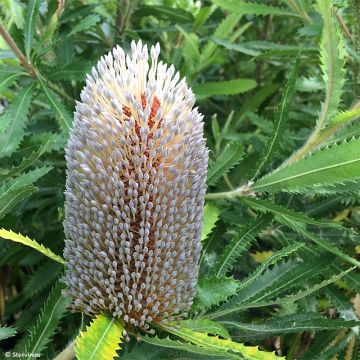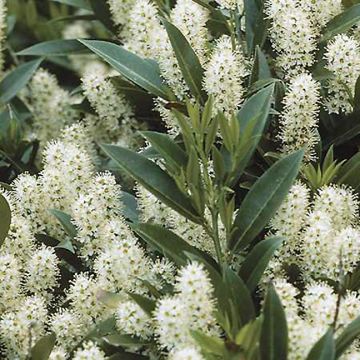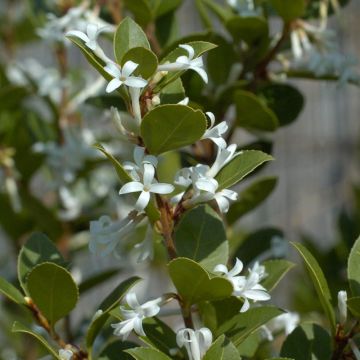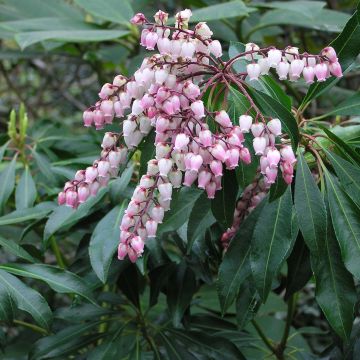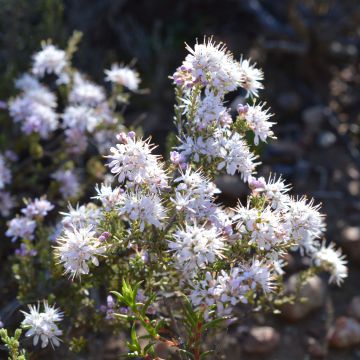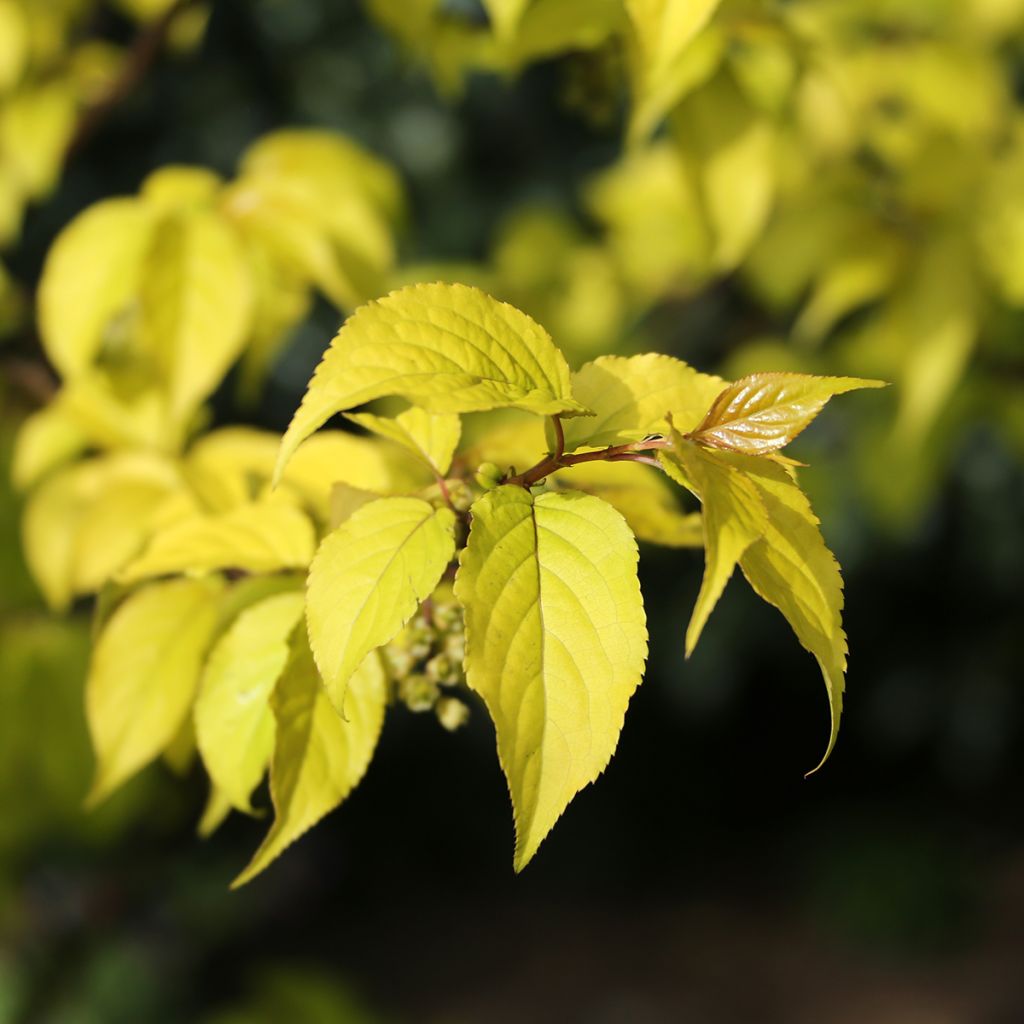

Stachyurus chinensis Goldbeater
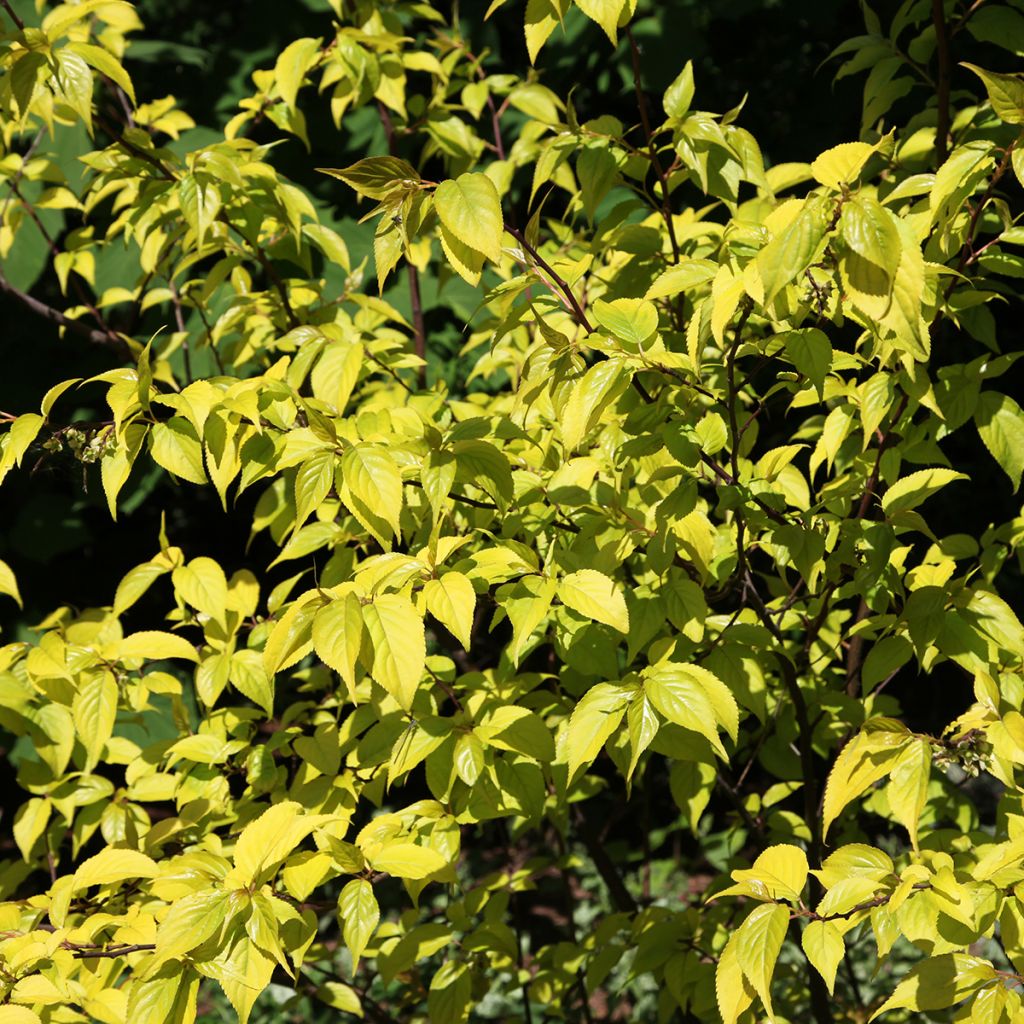

Stachyurus chinensis Goldbeater
Stachyurus chinensis Goldbeater
Stachyurus chinensis Goldbeater
Special offer!
Receive a €20 voucher for any order over €90 (excluding delivery costs, credit notes, and plastic-free options)!
1- Add your favorite plants to your cart.
2- Once you have reached €90, confirm your order (you can even choose the delivery date!).
3- As soon as your order is shipped, you will receive an email containing your voucher code, valid for 3 months (90 days).
Your voucher is unique and can only be used once, for any order with a minimum value of €20, excluding delivery costs.
Can be combined with other current offers, non-divisible and non-refundable.
Why not try an alternative variety in stock?
View all →This plant carries a 24 months recovery warranty
More information
We guarantee the quality of our plants for a full growing cycle, and will replace at our expense any plant that fails to recover under normal climatic and planting conditions.
Would this plant suit my garden?
Set up your Plantfit profile →
Description
Stachyurus chinensis 'Goldbeater' is a variety with golden foliage of a little known bush with beautiful ornamental qualities. It seduces with its purple branches in contrast with its golden yellow foliage, and its sculptural, pendulous yellow bell-shaped flower clusters which appear in late winter on bare branches. It forms a deciduous bush of about 1.5m in all directions, to be grown in the sun in moist non-calcareous soil. Plant it against a dark-coloured wall to highlight its beauty and the beautiful colour of its flowers and foliage.
Stachyurus chinensis is a semi-climbing shrub belonging to the rare Stachyuraceae family. Native to China, it grows in light, moist, humus-bearing, and acidic soils only. It shows great tolerance regarding exposure. Although the bush withstands frosts down to -15°C, its flowering is sensitive to late frosts and dry, cold winds. It is deciduous, losing its leaves in autumn to regain them in spring. The 'Goldbeater' cultivar stands out for the beautiful golden yellow colour of its foliage. Its habit is bushy and spreading, supported by long flexible stems. Its rapid growth allows it to reach about 1.5 metres in all directions in a few years. Its flowering occurs in March, on bare, purple branches before the appearance of the foliage. Its flowers are small cream-white bell-shaped flowers slightly tinged with green and yellow, grouped in fine pendulous clusters of about 10 cm. The decorative young shoots and sulfur-yellow buds take over in early spring. In autumn, the leaves offer a fabulous spectacle by turning yellow and then through shades of pink, purple, red, and orange. The foliage is composed of ovate to oblong, glossy leaves, thin as paper, with a toothed margin.
Stachyurus chinensis Goldbeater is a graceful subject both in borders and as a specimen, thanks to its spreading habit, remarkable flowering, and beautiful foliage. If it is backed against a south or west-facing wall, its flowering is more abundant. Its flower clusters stand out particularly well against a bamboo screen or in contrast with dark-foliaged shrubs such as yew, boxwood, or conifers. You can associate it with Hamamelis, Itea, Pieris, Clethra, Calycanthus or even hydrangea paniculata which appreciate the same environments. It is also suitable for Japanese gardens or clear undergrowth. The yellow flower clusters bring a touch of vibrant colour to darker gardens. Also, associate it with perennials and shrubs such as daffodils, bluebells, camellias, and azaleas, which are excellent choices to complement the spring colour palette. Ferns and hostas are also good options to add texture and contrast to the shade garden.
Stachyurus chinensis Goldbeater in pictures


Plant habit
Flowering
Foliage
Botanical data
Stachyurus
chinensis
Goldbeater
Stachyuraceae
China
Other Stachyurus
View all →Planting and care
Plant Stachyurus chinensis Goldbeater in a warm and sheltered location to protect its flower buds, which form in the summer. It cannot tolerate chalky soil, so enrich the planting hole with peaty soil, compost, and well-rotted potting soil, as it prefers rich soils. Add some sand and gravel to the mix for effective drainage. It requires a moist soil, but not waterlogged throughout the year, especially in the summer. It can be planted in full sun or partial shade. In shade, it will grow but may have difficulty flowering.
Pruning should be done in the spring after flowering. Lighten the structure of the bush by removing branches that cross over in the centre, and get rid of dead branches. Be careful not to prune too severely, as it will disrupt its elegant shape.
Planting period
Intended location
Care
Planting & care advice
This item has not been reviewed yet - be the first to leave a review about it.
Similar products
Haven't found what you were looking for?
Hardiness is the lowest winter temperature a plant can endure without suffering serious damage or even dying. However, hardiness is affected by location (a sheltered area, such as a patio), protection (winter cover) and soil type (hardiness is improved by well-drained soil).

Photo Sharing Terms & Conditions
In order to encourage gardeners to interact and share their experiences, Promesse de fleurs offers various media enabling content to be uploaded onto its Site - in particular via the ‘Photo sharing’ module.
The User agrees to refrain from:
- Posting any content that is illegal, prejudicial, insulting, racist, inciteful to hatred, revisionist, contrary to public decency, that infringes on privacy or on the privacy rights of third parties, in particular the publicity rights of persons and goods, intellectual property rights, or the right to privacy.
- Submitting content on behalf of a third party;
- Impersonate the identity of a third party and/or publish any personal information about a third party;
In general, the User undertakes to refrain from any unethical behaviour.
All Content (in particular text, comments, files, images, photos, videos, creative works, etc.), which may be subject to property or intellectual property rights, image or other private rights, shall remain the property of the User, subject to the limited rights granted by the terms of the licence granted by Promesse de fleurs as stated below. Users are at liberty to publish or not to publish such Content on the Site, notably via the ‘Photo Sharing’ facility, and accept that this Content shall be made public and freely accessible, notably on the Internet.
Users further acknowledge, undertake to have ,and guarantee that they hold all necessary rights and permissions to publish such material on the Site, in particular with regard to the legislation in force pertaining to any privacy, property, intellectual property, image, or contractual rights, or rights of any other nature. By publishing such Content on the Site, Users acknowledge accepting full liability as publishers of the Content within the meaning of the law, and grant Promesse de fleurs, free of charge, an inclusive, worldwide licence for the said Content for the entire duration of its publication, including all reproduction, representation, up/downloading, displaying, performing, transmission, and storage rights.
Users also grant permission for their name to be linked to the Content and accept that this link may not always be made available.
By engaging in posting material, Users consent to their Content becoming automatically accessible on the Internet, in particular on other sites and/or blogs and/or web pages of the Promesse de fleurs site, including in particular social pages and the Promesse de fleurs catalogue.
Users may secure the removal of entrusted content free of charge by issuing a simple request via our contact form.
The flowering period indicated on our website applies to countries and regions located in USDA zone 8 (France, the United Kingdom, Ireland, the Netherlands, etc.)
It will vary according to where you live:
- In zones 9 to 10 (Italy, Spain, Greece, etc.), flowering will occur about 2 to 4 weeks earlier.
- In zones 6 to 7 (Germany, Poland, Slovenia, and lower mountainous regions), flowering will be delayed by 2 to 3 weeks.
- In zone 5 (Central Europe, Scandinavia), blooming will be delayed by 3 to 5 weeks.
In temperate climates, pruning of spring-flowering shrubs (forsythia, spireas, etc.) should be done just after flowering.
Pruning of summer-flowering shrubs (Indian Lilac, Perovskia, etc.) can be done in winter or spring.
In cold regions as well as with frost-sensitive plants, avoid pruning too early when severe frosts may still occur.
The planting period indicated on our website applies to countries and regions located in USDA zone 8 (France, United Kingdom, Ireland, Netherlands).
It will vary according to where you live:
- In Mediterranean zones (Marseille, Madrid, Milan, etc.), autumn and winter are the best planting periods.
- In continental zones (Strasbourg, Munich, Vienna, etc.), delay planting by 2 to 3 weeks in spring and bring it forward by 2 to 4 weeks in autumn.
- In mountainous regions (the Alps, Pyrenees, Carpathians, etc.), it is best to plant in late spring (May-June) or late summer (August-September).
The harvesting period indicated on our website applies to countries and regions in USDA zone 8 (France, England, Ireland, the Netherlands).
In colder areas (Scandinavia, Poland, Austria...) fruit and vegetable harvests are likely to be delayed by 3-4 weeks.
In warmer areas (Italy, Spain, Greece, etc.), harvesting will probably take place earlier, depending on weather conditions.
The sowing periods indicated on our website apply to countries and regions within USDA Zone 8 (France, UK, Ireland, Netherlands).
In colder areas (Scandinavia, Poland, Austria...), delay any outdoor sowing by 3-4 weeks, or sow under glass.
In warmer climes (Italy, Spain, Greece, etc.), bring outdoor sowing forward by a few weeks.






























